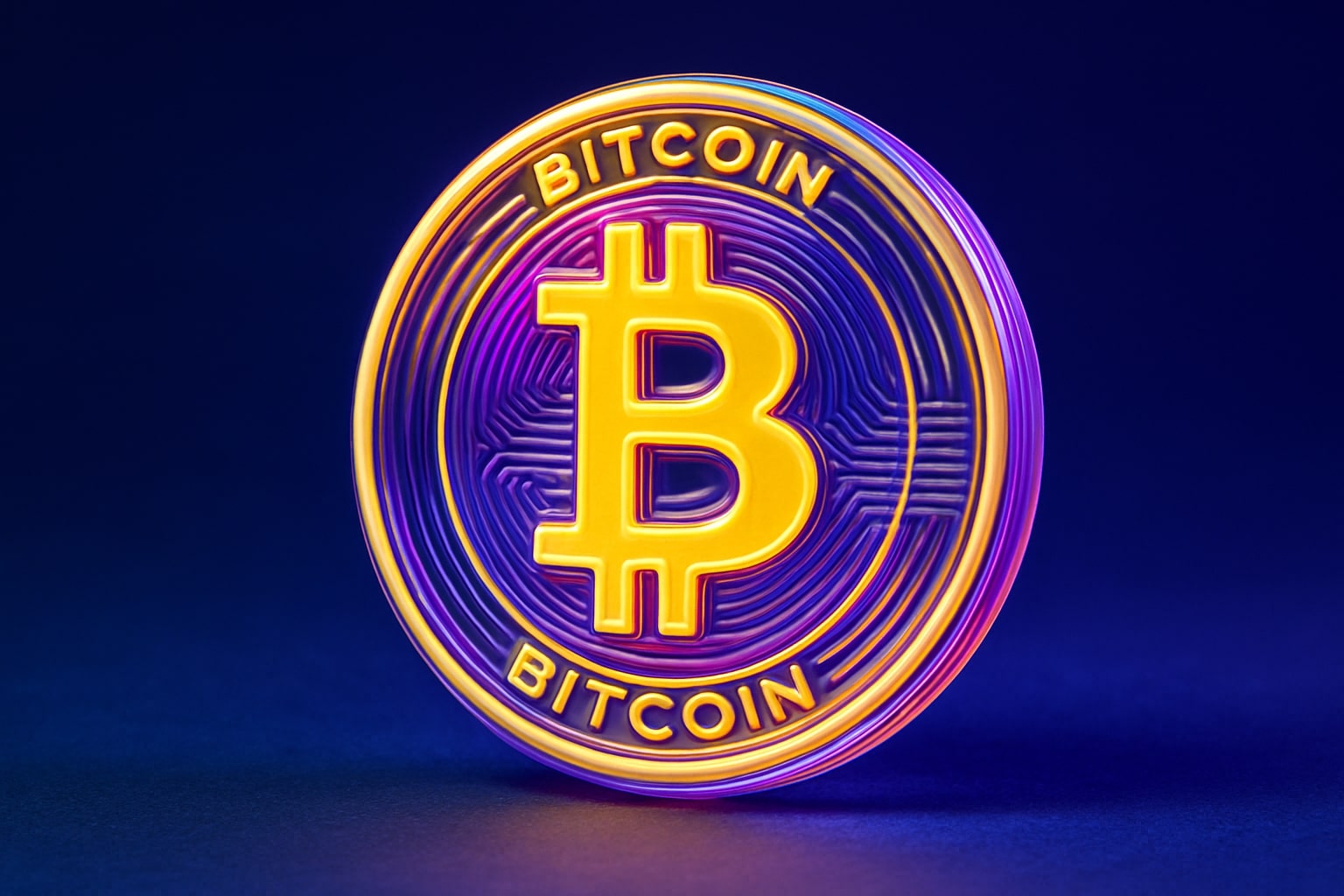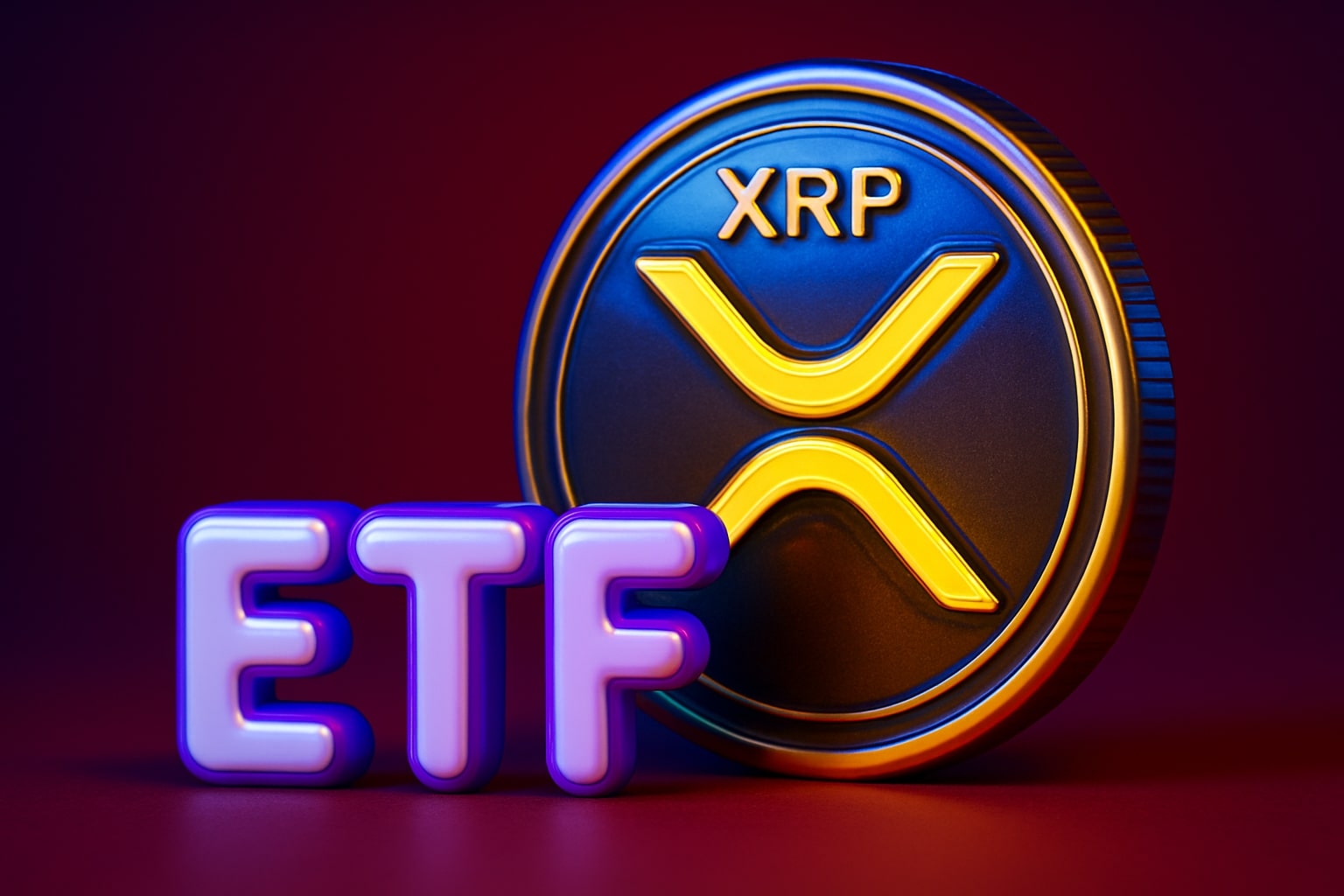
XRP Price Forecast - XRP-USD Steadies Above $2.00 as XRP ETF Inflows Surge and Binance Liquidity Shrinks
Ripple’s XRP holds near $2.15 amid $422 M ETF demand, Binance supply down 7% YTD, and whales accumulating off-exchange as technical support at $2.00 anchors a bullish long-term setup | That's TradingNEWS
Ripple’s XRP (XRP-USD) Faces Tight Supply, ETF Momentum, and $2 Price Battlefield
Shrinking Exchange Reserves Create a Structural Supply Squeeze
Ripple’s native token XRP (XRP-USD) is trading near $2.15, up 5.86%, yet the underlying market structure reveals a deeper dynamic: supply on centralized exchanges—especially Binance—has contracted sharply through Q4 2025.
According to CryptoQuant data, Binance’s XRP balance dropped from 3.0 billion at the start of the year to 2.785 billion as of Nov 12, marking a steady decline of 7.2% YTD and a 3.4% drawdown since October.
This reduction aligns with wallet-tracking evidence showing large holders transferring coins to cold storage, a behavior historically linked with accumulation phases preceding major rallies.
The contraction in liquid float has coincided with rising institutional appetite. JPMorgan projects $4 billion–$8.4 billion of inflows into upcoming U.S. spot XRP ETFs during their first year. Should those estimates materialize, the total absorption could exceed 5 % of XRP’s circulating supply.
This imbalance between shrinking exchange liquidity and pending ETF demand defines what traders call a “perfect storm”—a setup where even modest net buying can ignite outsized price reactions.
ETF Wave Redefines Institutional Exposure to XRP
The ETF rollout has shifted XRP from a speculative altcoin to an institutional allocation vehicle.
The Canary Capital Spot XRP ETF (XRPC) debuted on Nov 13 2025 on Nasdaq with $59 million in first-day turnover—the highest among over 900 ETF launches this year. Within three sessions, inflows exceeded $268 million, signaling substantial early adoption.
A week later, Grayscale’s GXRP ETF began trading alongside similar products from Franklin Templeton, Bitwise, and CoinShares, bringing total U.S. spot XRP ETF assets to $422.6 million by Nov 21.
Despite the strong inflow data, the spot price lagged. After the initial ETF debut, XRP slid 11% from $2.52 to $2.04 as whales off-loaded roughly 200 million XRP within 48 hours—profit-taking that briefly overpowered institutional inflows.
ETF analysts attribute the muted reaction to settlement lags: capital entering ETFs does not immediately transmit to spot buying until custodians rebalance holdings. Hence, the full mechanical impact of ETF inflows may appear in early 2026 rather than November 2025.
Technical Structure: $2 Support Holds but Resistance Dominates
From a market-structure standpoint, XRP has been printing lower highs and lower lows since late September. The token rebounded from the $1.88–$1.92 zone after last week’s liquidation flush but remains capped by the 20-day EMA at $2.19 and the 50-day EMA at $2.38.
Those levels have acted as ceilings for two months, forming a compression range between $1.96 (support) and $2.36 (resistance).
The RSI hovers near 58, reflecting neutral momentum; the MACD on the hourly chart stays positive, confirming near-term buying but insufficient strength for a macro reversal.
Spot flows recorded –$10.6 million on Nov 24, continuing a multi-week pattern of negative net inflows. Open interest in derivatives climbed to $3.6 billion, up 2.37 % daily, showing traders are adding exposure at depressed levels, though rising OI in a downtrend typically indicates short hedging rather than conviction buying.
Liquidations over the past 12 hours totaled $31 million, with $20 million longs wiped out—evidence that dip-buyers remain reactive.
Key price thresholds now define short-term behavior:
-
Support: $2.00 (primary), then $1.73 and $1.50 as secondary zones.
-
Resistance: $2.19, $2.38, and $2.75 for trend validation.
A decisive daily close above $2.38 would mark the first structural break in the bearish sequence since September.
Macro and Institutional Context Strengthen the Long-Term Case
Macro sentiment for digital assets remains fragile after a $1.1 trillion market-cap loss across crypto in 41 days. Yet, XRP has outperformed peers on ETF demand and corporate expansion.
Ripple Labs’ valuation tripled to $40 billion on Nov 5, following a $500 million funding round led by Citadel Securities, Fortress Investment Group, Pantera Capital, Galaxy Digital, and Brevan Howard. The same day, Ripple announced a partnership with Mastercard and Gemini to integrate stablecoin payments into credit-card transactions, embedding XRP further into institutional rails.
Ripple’s enterprise network now includes over 300 banking partners across 40 countries, while its Liquidity Hub and RLUSD stablecoin continue scaling.
These developments directly reinforce long-term adoption, positioning XRP as a settlement bridge in regulated payments rather than a speculative token.
On-Chain Behavior and Whale Accumulation Trends
Blockchain metrics underline consolidation. Despite the ETF-driven headlines, daily active addresses on the XRP Ledger have dropped 91 % since June 2025, suggesting lower retail participation. However, whale movement data reveals transfer spikes from exchanges to private wallets—consistent with accumulation phases seen before historical rallies.
Roughly 41.5 % of circulating XRP remains below cost basis, implying that a substantial share of holders are in unrealized loss zones, often a precursor to reduced selling pressure once capitulation subsides.
Liquidity on Binance has thinned further since November as millions of XRP left hot wallets. This mechanical reduction in available supply mirrors past setups in gold and Bitcoin markets where falling float amplified upside reactions once new demand emerged.
Ripple’s Staking Challenge and Synthetic Yield Experiments
A growing discussion in the XRP ecosystem concerns staking. Unlike Proof-of-Stake chains, the XRP Ledger operates on a unique consensus protocol without validator rewards, making native staking structurally infeasible without deep protocol redesign.
Ripple CTO David Schwartz and engineer Ayo Akinyele have explored hybrid models, but no timeline exists for implementation. Validators currently verify transactions without monetary incentives, preserving speed but limiting yield possibilities.
In response, synthetic products have surfaced. Projects such as mXRP—developed by Midas and Interop Labs—tokenize deposited XRP into yield-bearing derivatives advertising up to 8 % APY. These integrate through the XRPL EVM bridge, connecting holders to DeFi yield strategies while preserving XRP exposure.
While these mechanisms increase engagement, they introduce counter-party and smart-contract risks absent from native consensus staking.
Derivative Markets and Sentiment Polarization
Across futures platforms, positioning is split. Binance and OKX show slightly bullish long-short ratios, yet the broader funding landscape remains muted. Rising open interest alongside declining spot inflows hints at cautious leverage rather than strong directional conviction.
Analysts warn that without sustained positive spot demand, derivatives-driven rebounds risk exhaustion. The first major supply cluster at $2.30–$2.50 coincides with liquidation shelves and a Change-of-Character zone, requiring a breakout above $2.50** for any macro-bullish confirmation.
Conversely, failure to defend $2.00** would expose inefficiency gaps toward $1.70–$1.50**, where previous liquidation cascades formed dense liquidity pools.
Read More
-
NVIDIA Stock Price Forecast - NVDA Shares Posts $57B Quarter as AI Boom Fuels $500B in Future Orders
24.11.2025 · TradingNEWS ArchiveStocks
-
Ethereum Price Forecast - ETH-USD Faces Death Cross Risk at $2,850 as Hodler Selling Triples — $2,450 Support in Focus
24.11.2025 · TradingNEWS ArchiveCrypto
-
Oil Price Forecast - Oil Prices Steady at $58 WTI, $63 Brent as Peace Talks and Fed Rate Bets Battle Oversupply
24.11.2025 · TradingNEWS ArchiveCommodities
-
Stock Market Today - Nasdaq Jumps 2.07% as Alphabet and Tesla Spark AI Revival — Fed Cut Odds Top 75%
24.11.2025 · TradingNEWS ArchiveMarkets
-
GBP/USD Price Forecast - Pound Steadies at 1.3088 as UK Budget Looms and BoE Cut Bets Rise to 70%
24.11.2025 · TradingNEWS ArchiveForex
ETF Dynamics: Liquidity Engine for 2026
ETF flows could become XRP’s defining catalyst entering 2026.
Cumulative ETF investment since mid-November already totals $422.6 million, despite the underlying token being down 40 % from its July ATH of $3.65.
Historically, ETF approval phases deliver lagged impact—similar to Bitcoin’s pattern where spot ETFs induced a six-month delayed surge once custodial holdings crossed 1 % of circulating supply. Applying that ratio to XRP’s ~60 billion-token float implies significant potential absorption through mid-2026, especially as BlackRock and Franklin Templeton expand distribution channels.
Long-Term Scenario: Path Toward $20 Is Ambitious but Not Impossible
Technical projection models outline scenarios beyond the near term. Maintaining closes above $2.00** keeps XRP within its long-term bullish structure that began after the 2022 SEC litigation clearance.
A hypothetical run to $20 would lift market capitalization to roughly $1.2 trillion, requiring cumulative institutional participation on par with gold-ETF holdings.
To approach such valuation, XRP would need sustained ETF inflows exceeding $10 billion, continuous RippleNet adoption, and macro conditions favoring high-beta crypto assets—factors that may unfold over multiple years, not quarters.
Final Assessment — XRP (XRP-USD): Hold with Bullish Bias
XRP’s technical base at $2.00 remains critical; losing that level risks a slide toward $1.70. Yet structural fundamentals—shrinking exchange supply, accelerating ETF participation, and Ripple’s deepening institutional network—justify maintaining long exposure.
While short-term charts reflect consolidation, the confluence of liquidity compression and regulated inflow channels points to asymmetric upside once spot demand returns.
The verdict: Hold with bullish bias — accumulation favored above $1.95, profit-taking advisable near $2.50–$2.75 until ETF settlement flows visibly expand in 2026.



















